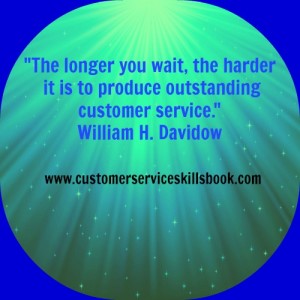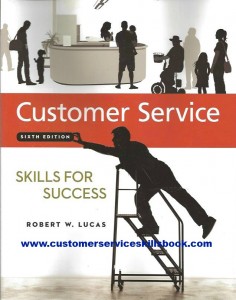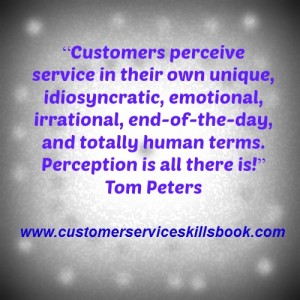The Challenges of Building Positive Customer Relationships In a Global World
In a global customer service world, there is a potential relationship “minefields” that can cause problems related to trust. This is because for customers from many countries (e.g. Bangladesh, Brazil, China, Egypt, Japan, Philippines, Kuwait, Turkey, Mexico, South Korea, and Vietnam), building a strong interpersonal relationship is extremely important and in many instances must be accomplished before the business is conducted. For example, in such relationship-oriented countries, it is not unusual to have a number of meetings with people in an organization before coming to an agreement. Lunch, dinner, and office meetings often occur for weeks before an agreement or important decision is reached. In such cultures, someone’s word is like a verbal contract and violations are not taken lightly. For that reason, if you are a customer service representative doing business with a customer from a relationship-oriented country, you must recognize the need to engage in some degree of conversation prior to asking for a buying decision or getting straight to business. This can present difficulty for call center representatives who are constrained by talk times or other controls or in environments where the staff has been downsized to a minimal server level. In such instances, it is wise to discuss the degree of flexibility you have in terms of the time and ways you have to deliver service with your supervisor before coming into contact with a customer.
By better understanding, the operational guidelines for your job and continuing to improve your customer service skills, the chances of creating a problem with customer trust or violating the organizational policy will be reduced.
Another potential problem area is that you can negatively impact the customer-provider relationship if you bring up certain topics to individuals from some cultures. For example, it is potentially inappropriate for a male service provider to directly address or compliment the wife or daughter who accompanies a male customer from a Middle Eastern culture without the man’s permission. This might be perceived as rude or disrespectful. Similarly asking about a man’s wife or daughter could be viewed as an unwelcome intrusion.
These cultural nuances may seem unimportant if you are from a different culture, but you must remember that people leave a country; they do not leave their culture. It is part of their personal background and value/belief system and should be respected if you plan to deliver excellent customer service.
For myriad ideas and strategies on how to deliver the best customer service possible and to better understand and work with a diverse customer base, get a copy of Please Every Customer: Delivering Stellar Customer Service Across Cultures.









